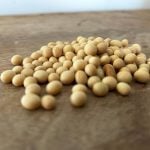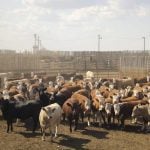
The Dairy Corner
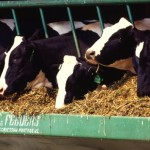
Dairy Corner: Tips for preventing selective eating
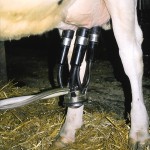
Reviewing dairy records can point to somatic cell count fix

Proper diet reduces risk of lame cows
A well-balanced ration and a clean barn are a great combination to keep dairy cows mobile
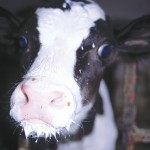
Hutch-reared calves need good diet and TLC
Keeping them dry, out of drafts and well fed leads to a healthier calf

Test corn silage moisture for better milk production
The Dairy Corner: Dairy producers should test every time a new bag, bunk or silo is opened

Pay attention to post-weaning programs for dairy cattle
You want replacement heifers to grow at an optimum rate, but not too fast or too slow
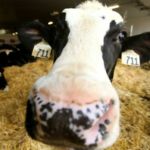
Test for, treat ketosis early in dairy cattle
It is easy for cows to slip into a negative energy balance and lose condition

Mud is a hotbed of disease and poor eating habits for dairy cattle
As little as four inches of mud can slow performance and it can be an excellent environment for disease affecting cattle health
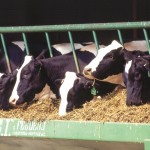
Replacement dairy heifers need good nutrition
Feeding and management should be relatively simple

Feed more milk as temperature drops
In general terms, increase the amount of milk (or milk replacer) fed by about two per cent for every 1 degree C when the temperature drops below 20 C

